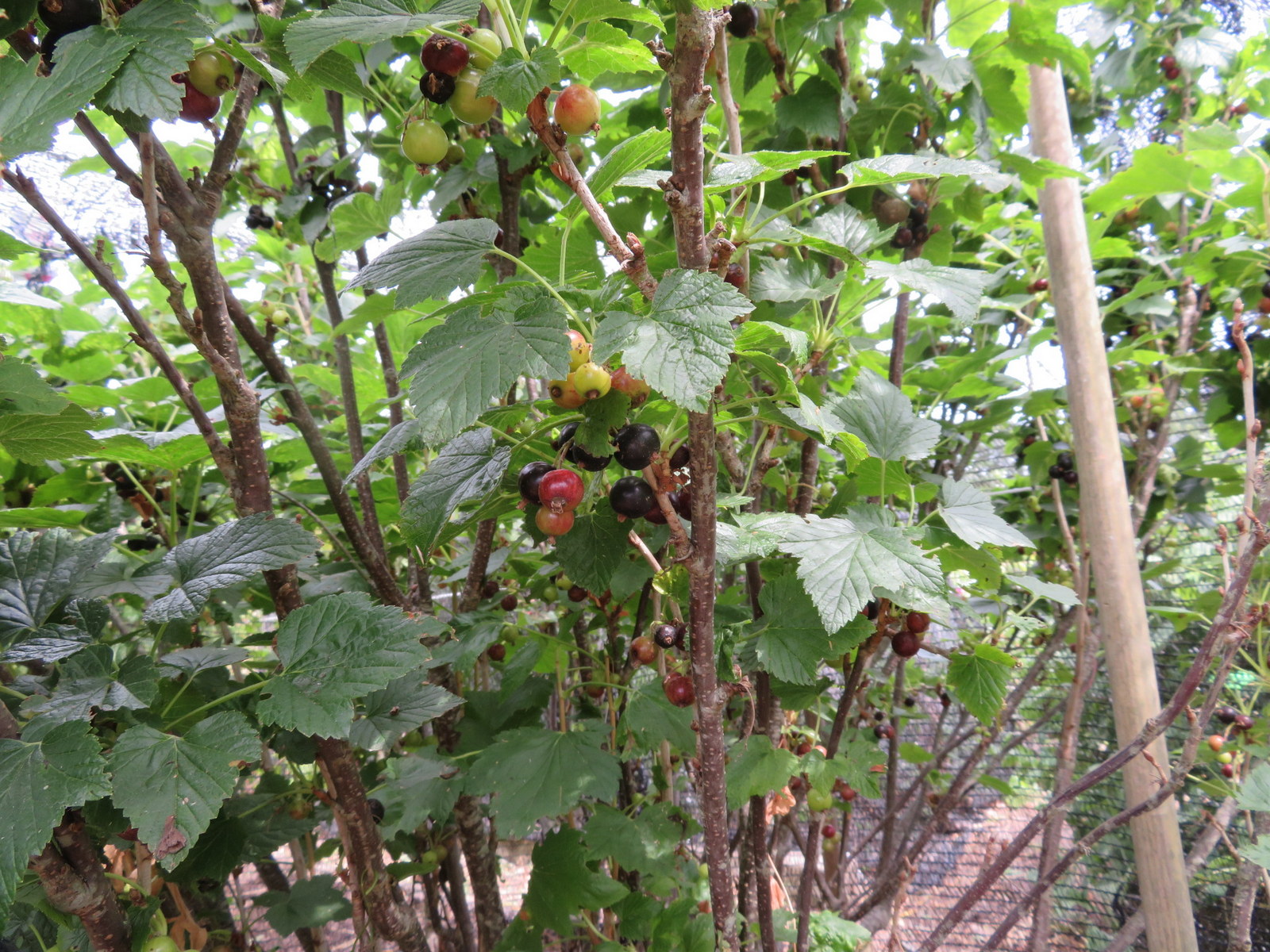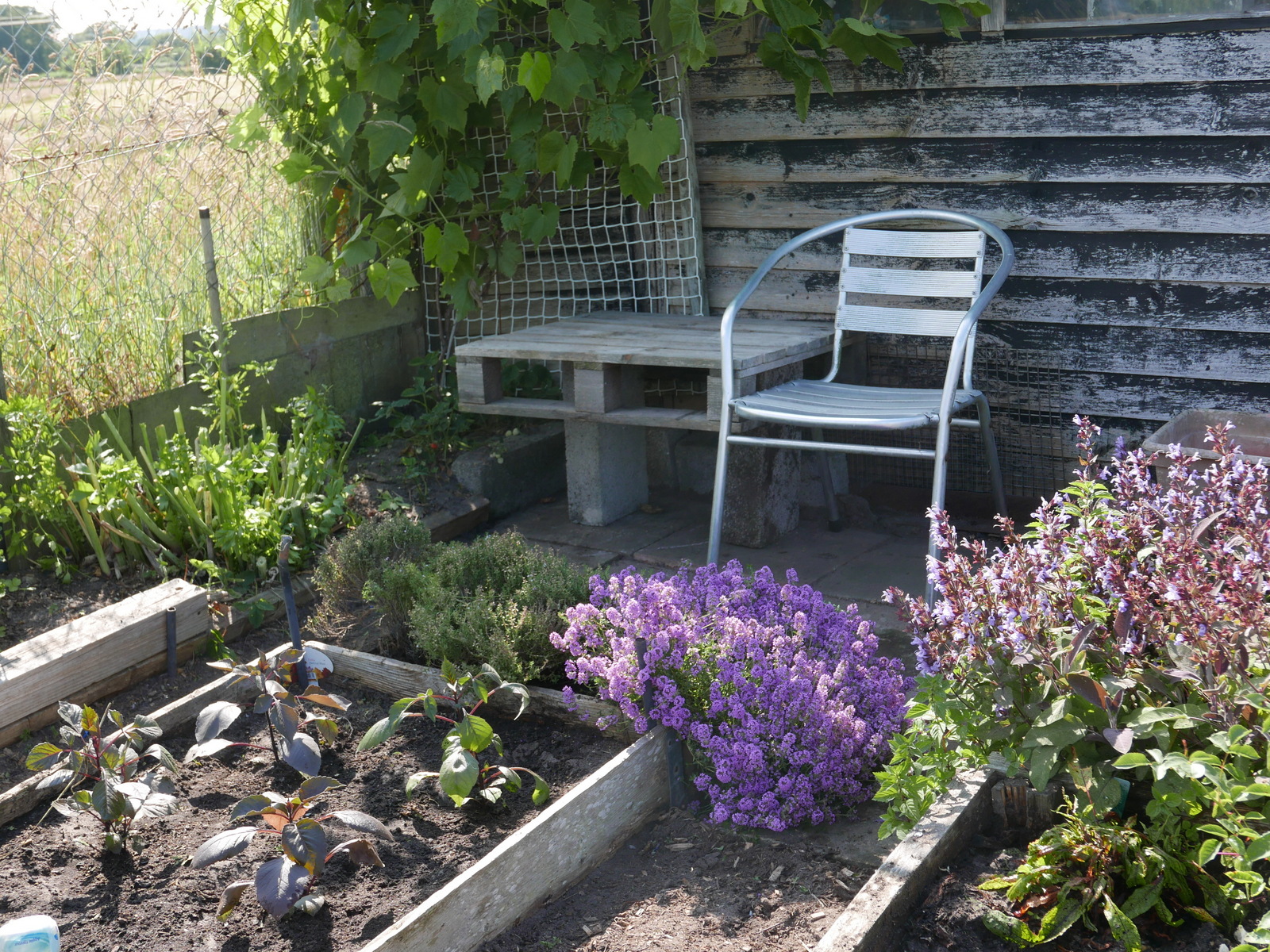- strawberries have a useful life of three to five years.
Raspberries, on the other hand, are immortal.
There are many variations on the recipe, but essentially it’s just all your favourite Scottish ingredients – toasted oatmeal, whisky, raspberries, heather honey and cream – mixed or layered together.



-
Raspberry 'Joan J'
10 Canes per bundle. Late fruiting variety, early for primocane, starting to pick in late July to October. High yielding, Lge fruit of good flavour. Spineless canes. Cut down late Nov-March. Supplied Bare Root, availbale from November to Feburary
£ 12.00
-
Rubus idaeus 'Joan J' (PBR) (F) | raspberry 'Joan J'/RHS Gardening
'Joan J' is an autumn-fruiting cultivar with upright, spine-free canes that produce a good crop of red berries with good size and flavour.
Mulch with acidic material such as composted bark.
Prune all canes to ground level in late winter
-
BBC Two - Gardeners' World, 2018, Episode 2, How to plant raspberries
-
A foolproof guide to growing raspberries - Telegraph
The most popular raspberry varieties are
summer-fruiting.
Like their close relative the blackberry, the canes are essentially biennial, growing one year and fruiting the next.
Thus, fruit is produced in summer, following on directly from the strawberry season.
But there is another type of raspberry that fruits in autumn, and this is the one I want to try to persuade you to grow,
for several reasons:
- Summer raspberries are simple enough to grow, but there’s always that awkward moment when you have to cut down the fruited canes while leaving the new canes to fruit next year. It is surprisingly easy, crawling around with secateurs in hand, to snip accidentally through one of the new canes. But, since autumn raspberries grow and fruit in a single season, you simply cut the whole lot down and new ones spring forth.
What could be simpler?
Gardening books generally recommend cutting the old canes down in late winter, but why, for heaven’s sake?
The tradition in the Thompson garden is to pick the last raspberries on November 5, cut down the canes and throw them straight on the annual bonfire.
Job done, and nothing to do until you start picking again the following August.
The RHS recommends
tying canes individually to a wire support, and summer-fruiting varieties do need this to survive winter gales.
Here again, however, autumn varieties are easier — I just have a length of old washing-line tied round posts at the four corners of my row, and that’s all the support they need.
If you grow short, sturdy 'Autumn Bliss’ in a sheltered spot you might well manage without any support at all.
One thing’s for sure — the elaborate structure you may have seen
Monty Don using on Gardeners’ World for his raspberries is unnecessary for the autumn variety.
The main reason you’re advised to
replace raspberry canes every 10 years or so is to prevent a build-up of viruses and other diseases.
But autumn varieties tend to be disease-free since the long period without canes helps to reduce the “bridge” between seasons that encourages diseases to keep going.
Autumn raspberries are out of sync with the dreaded raspberry beetle, so it’s rare to find maggots in your fruit.
Raspberries tend to be less damaged by birds than strawberries anyway, and autumn varieties are particularly trouble-free; bird damage to my raspberries is negligible.
-
Planting out raspberry canes... again - Mail Online - David Derbyshire's Allotment Blog


































